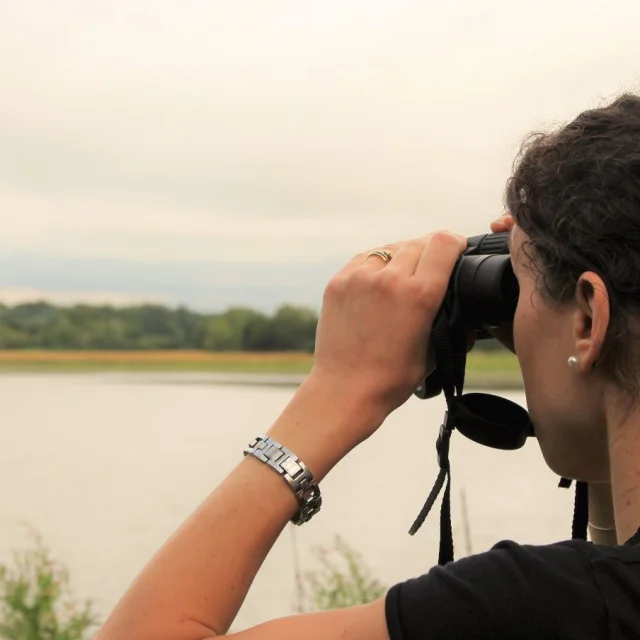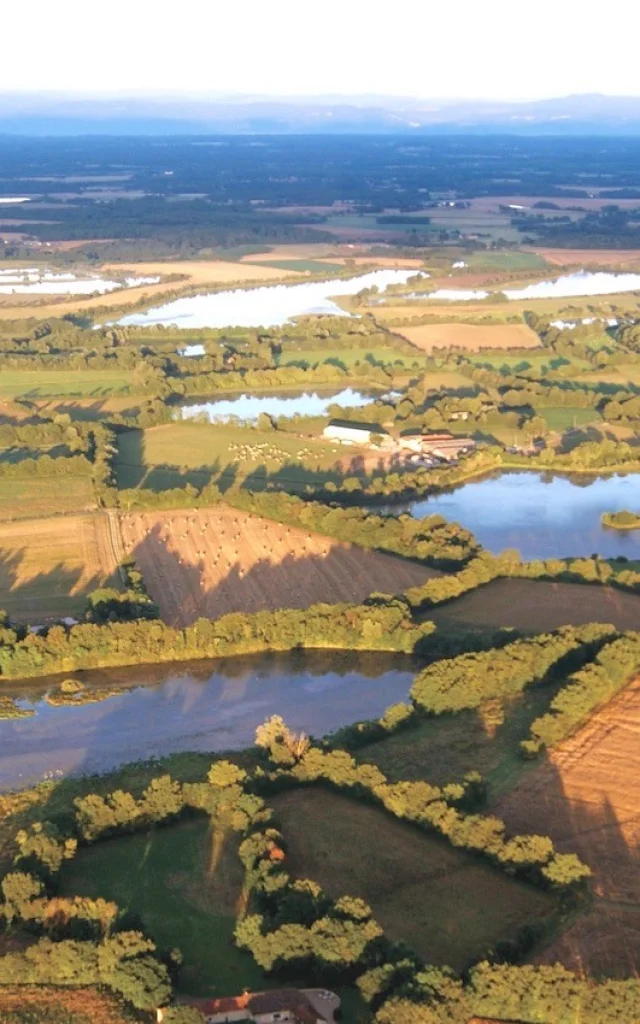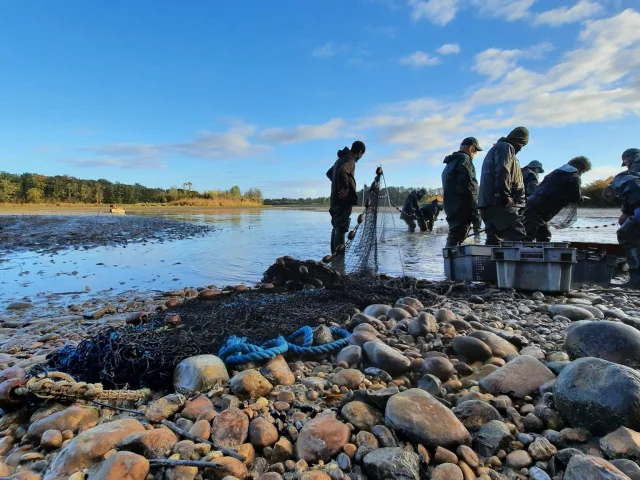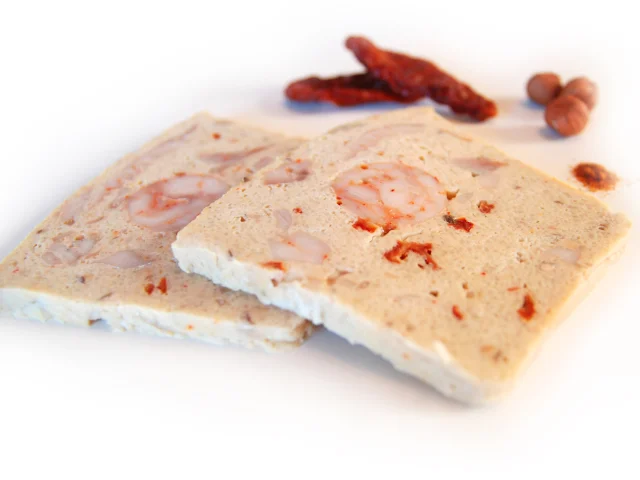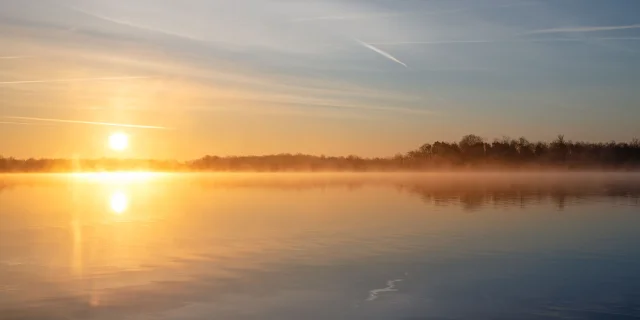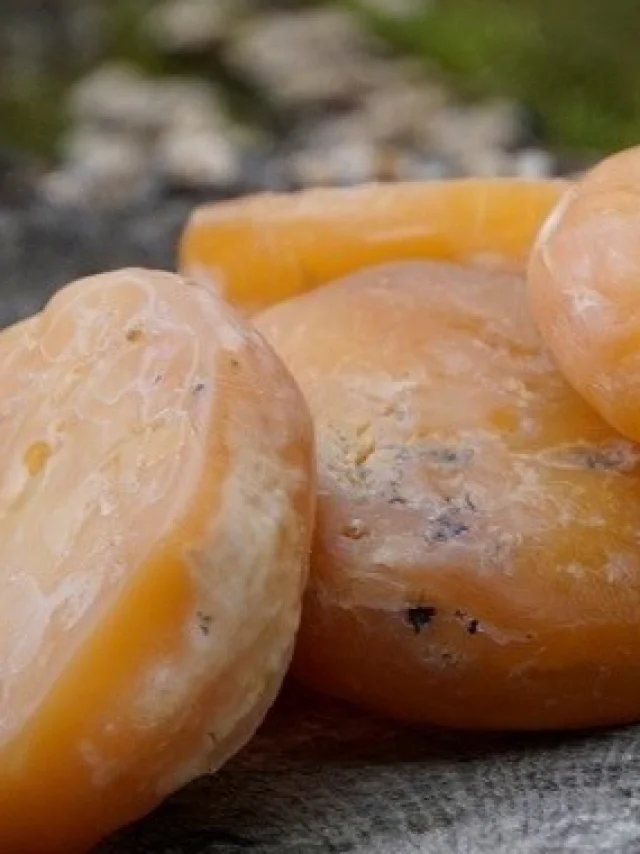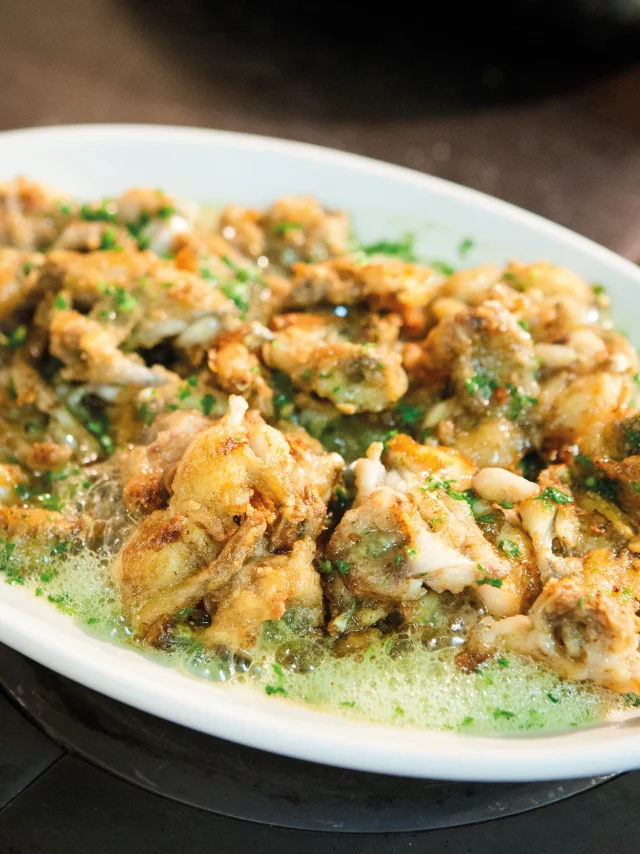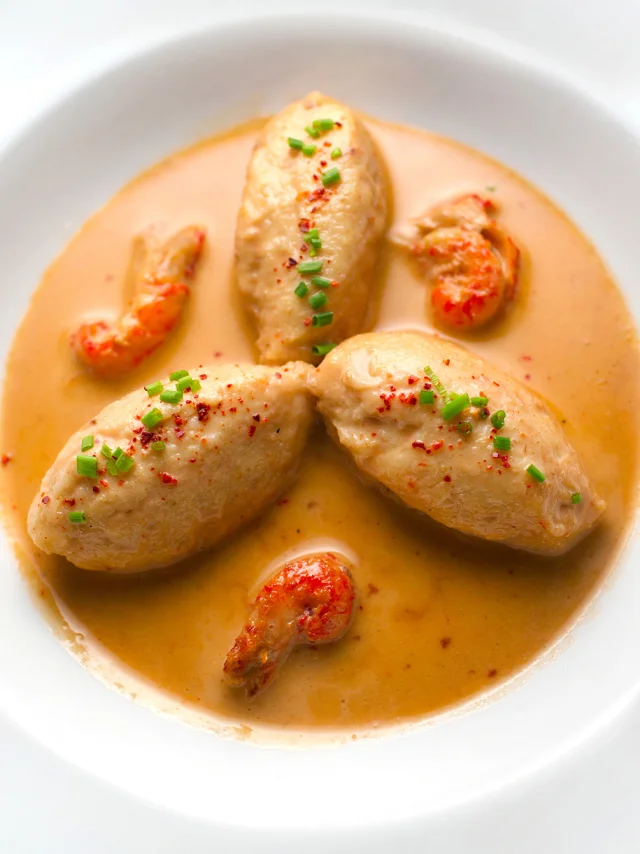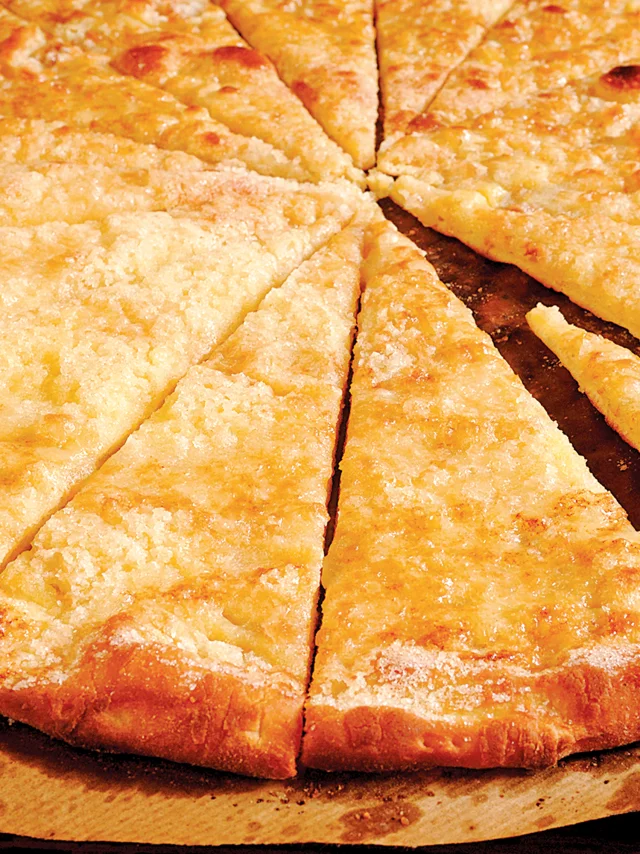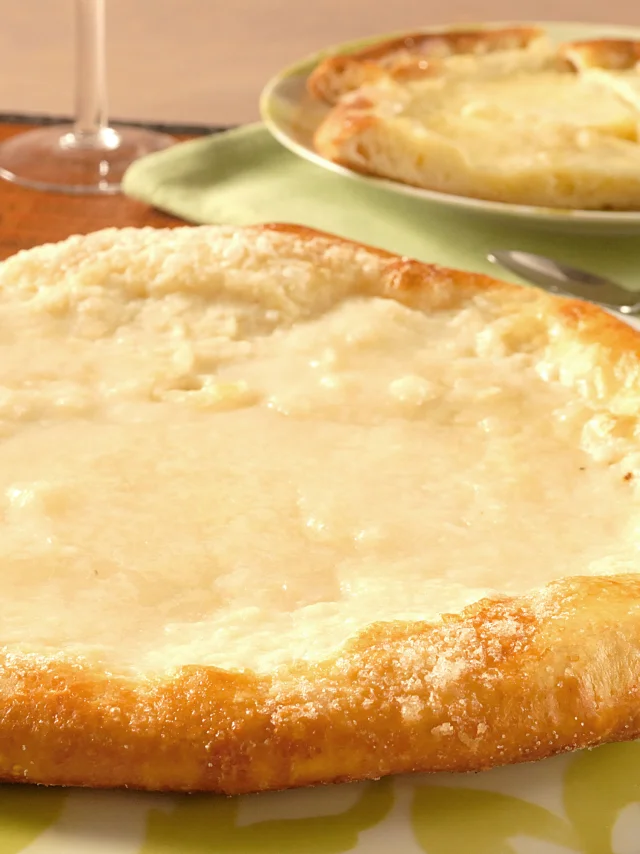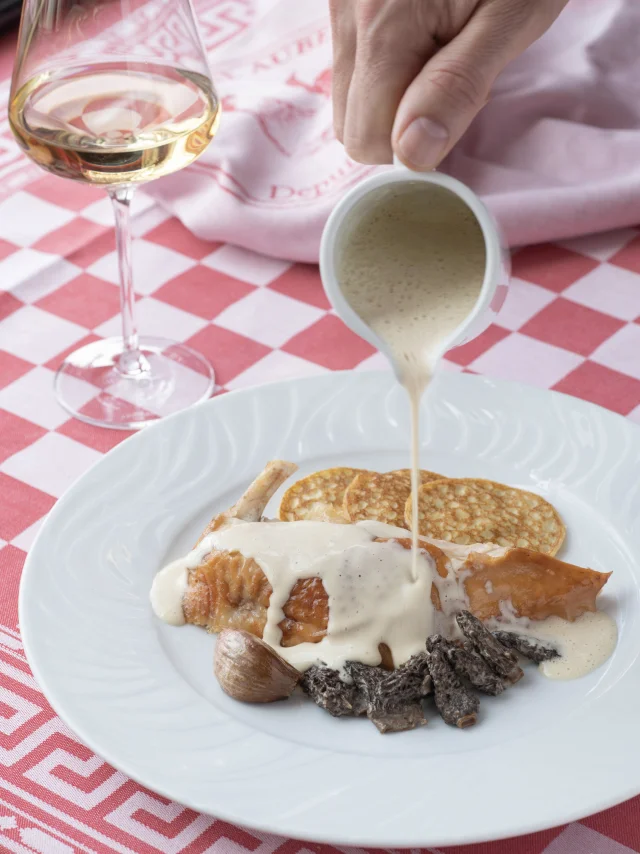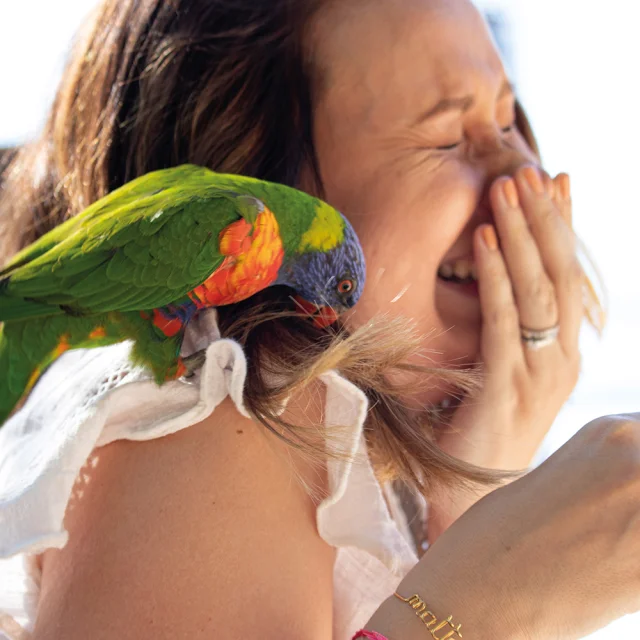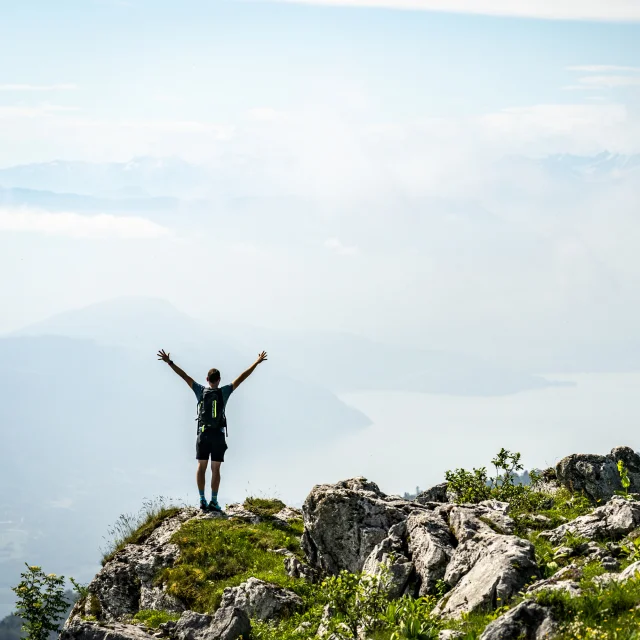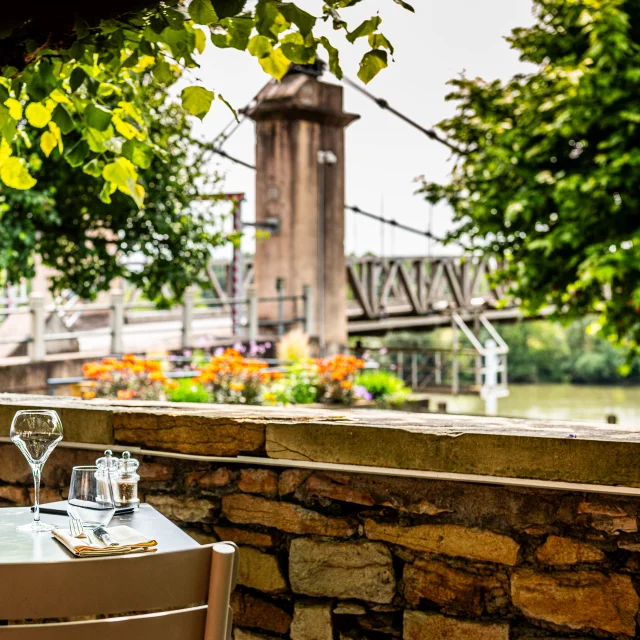Maintaining a tradition
For over a thousand years, the Dombes region has built its history around its ponds. It has a long tradition of fish farming: carp, pike, zander, tench and other products of our ponds and rivers have always found their way onto Dombes tables. But to maintain this tradition, we need to maintain the ponds, respect the environment and respect the resource. This is the role of the Association de Promotion du poisson des étangs de la Dombes (APPED).
To guarantee the quality of production and its sustainability in the fragile and precious ecosystem of the Dombes, the fish farming industry has joined forces and committed itself to the “Poissons de la Dombes” brand. This approach brings together pond owners, farmers, collectors, processors, distributors and, of course, restaurateurs in a common effort to promote Dombes fish.
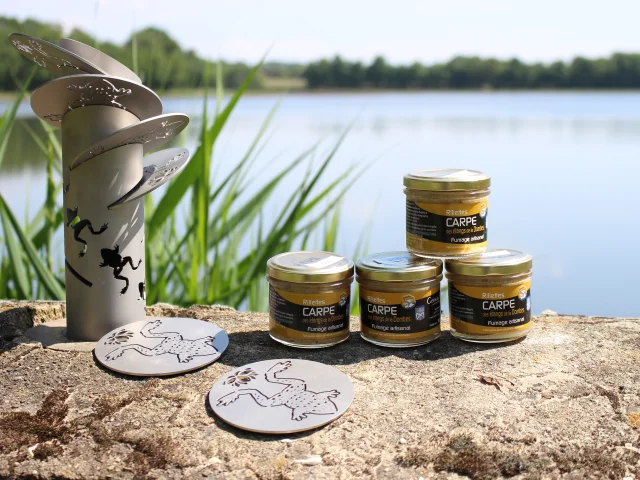 Rillettes of Dombes carp
Rillettes of Dombes carp
